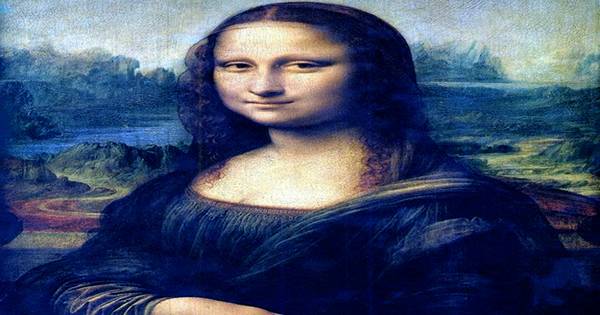The geese depicted in ancient Egyptian tombs not inhabited by any of today’s species, detailed analysis confirms. Instead, there is good reason to believe they are a faithful representation of an endangered species, and they gave us insight into how we could see these birds in no other way. When you are looking for the exact picture of the species with us anymore, ancient Egyptian art is probably not you first thought. In addition to all the deities, including the human body and the heads of other animals, the misrepresentation of human movement by Egyptian artists has recalled in the song.
However, Dr Anthony Romilio of the University of Queensland told IFLScience that this highly stylized art has been a product of the New Kingdom since 3600 years ago. The Old Kingdom painting is actually remarkably real, especially a stunning work that found a tomb next to the Madame Pyramid in Egypt and is sometimes known as the “Mona Lisa of Egypt”. The figure includes images of three species of geese. None of them now lives in Egypt, something that raised questions about the authenticity of the paintings. However, when the painting created 4,600 years ago, the Sahara was in the process of transitioning from grassland to desert, supporting species for a long time now.
According to Romilio, another aspect of the painting that surprised me was why the geese of the two species are so accurate, and differ greatly from the red-breasted geese (Branta ruficollis) in the closest part of the other. The way the artist misunderstood, it rarely fits in with the great paintings of other geese species on the exterior walls and the work of leopards and jackfruits. An alternative theory is that the artist saw a sub-population of red-breasted geese that we know today from Romeo and Juliet explored it in the Journal of Archaeological Sciences, but came to the conclusion that painting birds differs from modern B. ruficollis cannot be the same species. Instead, the artist was using the now endangered animals as models.
To reach this conclusion, Romilio Tobias used the criterion, a method of identifying individual species of birds, not the first specimen, but a work of art. Ideally, for this kind of uniqueness we knew that the images did not reveal things, such as geese’s Hancock, but Romeo gave what he had.
“The main differences are the format of the face,” Romilio told IFLScience, with very different marks, color palettes, and a severely different color on the neck. The wings and back are light gray instead of black.” So did Romilio discover an extinct species that is completely unknown to science? Most likely, however, a skull was previously in the crate of an extinct goose species, which clearly closely related, but distinct from B. ruficollis. We know nothing more about it, but the extent of its migration makes it possible to take it to Egypt.
Romilio Notes Cave art has used to reveal the existence of several endangered species, some of which have matched with fossils. If nothing else, it prevents the mistakes we sometimes make when imagining from animal bones. Other endangered species depicted in Old Kingdom art, but generally known from other sources. Romilio has made some of his career from gathering information about endangered species from unexpected places. He once acquired images and measurements of dinosaur footprints, which are now accessible to scientists, when a casual conversation warns him of the materials stored for decades in a cupboard at the bottom of the house stairs.














